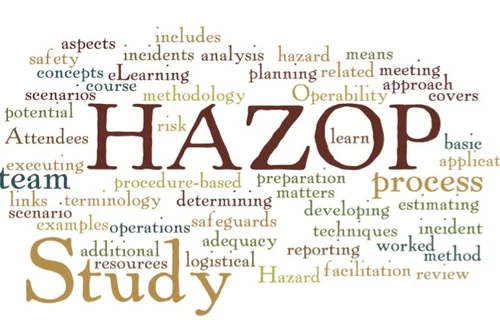The Connection Between Process Safety Management and Corporate Sustainability

Understanding Process Safety Management and Corporate Sustainability
In today’s industrial landscape, Process Safety Management plays a crucial role in ensuring workplace safety while aligning with corporate sustainability goals. As industries seek to reduce operational risks and environmental impact, the integration of safety protocols and sustainable practices has become a priority. This approach helps organizations maintain regulatory compliance, improve efficiency, and promote long-term sustainability.
How Process Safety Management Supports Sustainability Goals
The relationship between Process Safety Management and sustainability is built on three key pillars: environmental protection, social responsibility, and economic efficiency. Organizations implementing robust safety management systems contribute to:
- Reducing Environmental Hazards – Minimizing emissions, leaks, and hazardous waste disposal.
- Enhancing Workplace Safety – Protecting employees and communities from industrial risks.
- Optimizing Resource Utilization – Improving operational efficiency to prevent resource wastage.
By integrating safety management strategies with sustainability efforts, industries can create a safer and more responsible working environment while achieving long-term economic benefits.
Key Components of Process Safety Management for Corporate Sustainability
1. Hazard Identification and Risk Assessment
One of the primary elements of sustainability-focused safety management is hazard identification. A Hazop Study provides a systematic approach to identifying potential process hazards and ensuring preventive measures are in place. Through this proactive approach, companies reduce environmental and safety risks, leading to improved sustainability performance.
2. Emergency Preparedness and Response Planning
Sustainability includes being prepared for potential risks. Companies with well-structured emergency response plans minimize the consequences of industrial accidents. A thorough Fire Audit ensures that fire prevention systems are properly assessed, reducing risks of large-scale environmental damage and loss of life.
3. Compliance with Regulatory Standards
Governments and regulatory bodies worldwide emphasize compliance with process safety regulations to ensure sustainability in industries. Conducting a Safety Audit helps organizations evaluate and enhance their compliance, reducing environmental impact and ensuring sustainable operations.
4. Implementing Process Safety Measures for Long-Term Sustainability
Organizations focusing on sustainability must integrate process safety at every level of operations. This includes designing safer processes, implementing risk management strategies, and conducting regular safety training for employees. Process Safety Management ensures that industrial operations remain sustainable by preventing hazardous incidents.
5. The Role of Leadership in Sustainable Safety Practices
Corporate sustainability is driven by strong leadership and decision-making. Appointing a qualified Safety Consultant helps organizations create and implement best practices for process safety and sustainability. These experts guide companies in reducing environmental hazards while improving overall workplace safety.
Challenges in Aligning Process Safety Management with Sustainability
Despite the benefits, industries face challenges in integrating process safety with sustainability, such as:
- High Initial Investment Costs – Implementing safety systems and sustainable practices requires significant financial resources.
- Lack of Awareness and Training – Employees need proper education on sustainability-driven safety procedures.
- Complex Compliance Requirements – Navigating evolving safety regulations can be challenging for industries.
Addressing these challenges requires a commitment to continuous safety audits, process optimizations, and industry collaborations to create a more sustainable future.
Conclusion
Process Safety Management is a key driver of corporate sustainability, ensuring that industries operate responsibly while minimizing risks. By incorporating hazard assessments, emergency planning, regulatory compliance, and leadership-driven strategies, organizations can achieve a balance between industrial safety and environmental responsibility. A sustainable business approach, backed by effective safety management, leads to long-term economic growth, improved safety, and environmental conservation.







